When it comes to bringing a new feathered friend into your home, one of the most critical decisions you’ll face happens long before you even meet your bird – whether to choose a hand-fed or parent-raised companion. This choice significantly influences not just your initial interactions, but potentially your entire relationship with your avian companion for years to come. Both methods have passionate advocates within the avian community, with compelling arguments on either side. Hand-feeding involves humans taking over the feeding process from an early age, while parent-raising allows the biological parents to raise their chicks naturally. The difference between these approaches extends far beyond simple feeding techniques – it shapes a bird’s fundamental understanding of its place in the world and its relationship with humans. In this comprehensive guide, we’ll explore the nuances of both methods, examining their impact on bonding, behavior development, and long-term well-being to help you make an informed decision that aligns with your expectations and lifestyle.
Understanding Hand-Feeding: The Process and Purpose

Hand-feeding is a labor-intensive process where humans assume the role of parent birds, providing specially formulated formula to chicks multiple times daily. This practice typically begins when birds are between 2-3 weeks old, after they’ve received initial nutrition and care from their parents but before they’re fully weaned. Using specialized syringes or spoons, caretakers carefully control temperature, consistency, and feeding schedules – a process requiring significant expertise to avoid complications like aspiration or crop burns. The primary purpose extends beyond simple nutrition; it deliberately creates psychological imprinting where the chick identifies humans as its primary caregivers and flock members. This technique became widespread in the companion bird industry specifically to produce birds that form strong attachments to their human owners. Hand-feeding represents a significant human intervention in a bird’s natural development, deliberately redirecting the socialization process toward humans rather than other birds.
The Benefits of Hand-Feeding for Human-Bird Bonding

Hand-fed birds often develop extraordinarily strong bonds with their human caregivers, viewing them as surrogate parents and flock members. This early imprinting creates a foundation for trust that can make subsequent training and handling significantly easier, as the bird already associates human hands with comfort and nourishment rather than perceiving them as potential threats. Many hand-fed birds demonstrate remarkable affection toward their owners, seeking physical contact through cuddling, preening, and other social behaviors that would typically be reserved for avian family members. The intense socialization that occurs during hand-feeding often produces birds that are more comfortable with routine handling practices like nail trims, health checks, and other necessary maintenance. For first-time bird owners especially, these qualities can make the transition to bird ownership smoother and more rewarding, with fewer behavioral challenges to overcome initially. Many experienced bird owners report that the deep emotional connection formed with hand-fed birds creates a uniquely fulfilling relationship that differs notably from other pet experiences.
Potential Drawbacks of Hand-Feeding

Despite its bonding benefits, hand-feeding can lead to several behavioral challenges as birds mature. Many hand-fed birds develop inappropriate sexual or pair-bonding behaviors toward their human caregivers, including regurgitation, territorial aggression toward other family members, or excessive demands for attention that can become problematic. This intensive human imprinting often results in birds that lack crucial social skills with their own species, making them unable to interact appropriately with other birds and potentially limiting their future housing options. Particularly in larger parrot species, hand-fed birds may develop more severe behavioral issues during maturity, including screaming, biting, and feather destructive behaviors, as they struggle with identity confusion and unfulfilled natural instincts. From an ethical perspective, hand-feeding requires removing young birds from their parents prematurely, interrupting important natural developmental processes and potentially causing stress to both chicks and parent birds. Additionally, inexperienced hand-feeding carries significant health risks including aspiration pneumonia, crop burns, stunted growth, or even death if the technique is performed incorrectly.
Understanding Parent-Raised Birds: Natural Development

Parent-raised birds remain with their biological parents throughout their developmental stages, receiving not just physical nourishment but crucial behavioral education from experienced adult birds. This natural approach allows chicks to observe and learn species-specific vocalizations, body language, foraging techniques, and appropriate social boundaries directly from their parents and siblings. The parent birds provide comprehensive care including proper nutrition, temperature regulation, protection, and the emotional security necessary for healthy psychological development. Young birds raised by their parents typically experience all the natural developmental milestones at appropriate times, including proper weaning, which occurs gradually as the parents encourage independence. This method respects the evolutionary processes that have shaped avian development for millions of years, allowing the complex parent-offspring relationship to unfold without human intervention. Parent-raising more closely mirrors how birds would develop in wild settings, preserving natural behaviors and instincts that form the foundation of avian psychology and social structure.
Benefits of Parent-Raising for Bird Development

Parent-raised birds typically develop more balanced psychological profiles with stronger avian identities, reducing the confusion that can lead to behavioral problems during sexual maturity. These birds learn appropriate species-specific communication and social skills directly from their parents, developing a clear understanding of avian body language, vocalizations, and interaction boundaries. The natural weaning process guided by parent birds tends to produce more emotionally secure individuals who transition to independence without the stress sometimes associated with forced human-directed weaning. Parent-raised birds generally exhibit more natural foraging behaviors, problem-solving skills, and environmental adaptation abilities as they’ve had the opportunity to learn these directly from experienced adult birds. The psychological security of remaining with biological parents during critical developmental periods often results in birds that display greater overall confidence and reduced anxious behaviors later in life. Additionally, parent-raised birds typically maintain healthier relationships with other birds throughout their lives, making them better candidates for aviaries or multi-bird households where social integration is important.
Bonding Challenges with Parent-Raised Birds

Parent-raised birds often require more time and patience during the initial bonding process with human caregivers, as they haven’t been conditioned to view humans as primary social partners from an early age. Their natural wariness of humans as potential predators may manifest as initial fear responses, reluctance to be handled, or defensive behaviors that require gradual desensitization through consistent positive interaction. The bonding process typically progresses more slowly, requiring owners to respect the bird’s boundaries while gradually building trust through non-threatening interactions like quiet presence, offering treats, and allowing the bird to set the pace of physical contact. Parent-raised birds may never develop the same intense attachment to humans that hand-fed birds often display, maintaining a more independent nature and potentially dividing their social attention between human companions and other birds. For owners seeking an immediately affectionate companion that readily accepts handling, the adjustment period required with parent-raised birds can sometimes feel disappointing or challenging if expectations aren’t appropriately set from the beginning.
Creating Successful Bonds with Parent-Raised Birds

Building strong relationships with parent-raised birds often begins with target training and positive reinforcement techniques, offering treats and rewards while respecting the bird’s comfort zone. Patience becomes the cornerstone of the process, allowing the bird to approach human interaction at its own pace while providing consistent, predictable, and non-threatening experiences that gradually build trust. Successful owners often describe the bonding process as a negotiation rather than an expectation, focusing on reading the bird’s body language and respecting its communication about comfort levels with different interactions. Creating positive associations through favorite treats, engaging toys, and enjoyable activities helps the bird recognize humans as sources of good experiences rather than potential threats. Many experienced bird keepers find that sitting quietly near the bird’s cage while reading or engaging in calm activities helps the bird become comfortable with human presence without feeling pressured to interact. Over time, this methodical approach often yields deeply rewarding relationships based on mutual respect and choice rather than dependency, with many owners reporting that the bond, once established, feels more balanced and authentic.
Species Considerations: Which Birds Do Better with Each Method

Larger parrot species with complex social structures, including African Greys, Amazons, and Cockatoos, often benefit from partial parent-raising followed by socialization with humans, as this approach helps prevent the severe pair-bonding issues these species are prone to develop. Smaller birds like budgies, cockatiels, and lovebirds can adapt well to either raising method, though parent-raised individuals of these species often display more natural behaviors and better social skills with their own kind. Birds destined for breeding programs or conservation efforts absolutely should be parent-raised whenever possible, as hand-feeding often compromises their ability to recognize appropriate mates, build nests, and properly care for their own offspring. Highly intelligent species that are prone to behavioral issues, such as Eclectus parrots, may develop fewer problematic behaviors when parent-raised, as they develop more balanced avian identities and natural outlets for their complex cognitive needs. Species with specialized feeding requirements or techniques, like lorikeets with their brush tongues for nectar, benefit significantly from learning natural feeding behaviors from their parents rather than developing exclusively on artificial diets provided by humans.
The Middle Ground: Co-Parenting Approaches

Co-parenting represents a thoughtful compromise between exclusive hand-feeding and parent-raising, allowing parent birds to raise their chicks during early development while gradually introducing positive human interaction. This balanced approach typically involves parent birds maintaining primary responsibility for feeding and basic care while breeders begin gentle handling sessions that progressively increase in duration as the chicks develop. The timing of human interaction is carefully calibrated to respect critical developmental periods while introducing enough human contact to facilitate later socialization and reduce fear responses. Co-parented birds often develop the confidence and natural behaviors associated with parent-raising while still forming positive associations with humans that facilitate later bonding. This method requires significant expertise from breeders who must recognize appropriate intervention points and read subtle behavioral cues from both parents and chicks to maintain a positive experience for all involved. For many owners seeking the benefits of both approaches, co-parenting represents an ethical middle ground that respects avian nature while preparing birds for successful integration into human households.
Ethical Considerations in Bird Raising Methods

The avian community continues to debate the ethics of hand-feeding, with growing concern about practices that prioritize human convenience over bird welfare, particularly when chicks are removed from parents too early or without legitimate justification. Responsible breeders increasingly recognize that allowing at least some parent-raising, even if followed by hand-feeding, provides crucial developmental benefits that impact lifelong psychological health. The psychological consequences of premature separation from parents deserve serious consideration, especially given research showing that early developmental experiences significantly impact stress responses and behavioral patterns throughout a bird’s life. Modern ethical approaches emphasize informed consent from prospective owners who should understand the implications of their chosen raising method rather than simply selecting based on immediate affection or handling ease. Conservation implications also enter ethical discussions, as hand-feeding practices that produce birds unable to breed naturally or parent their own young can contribute to the loss of natural behaviors within captive populations, potentially compromising future conservation efforts for threatened species.
Making the Right Choice for Your Situation

When selecting between hand-fed and parent-raised birds, honestly assess your expectations regarding physical affection, handling tolerance, and the type of relationship you envision with your bird. Consider your experience level and available time commitment, recognizing that parent-raised birds may require more patience during initial bonding, while hand-fed birds often demand more intensive attention throughout their lives. Your household composition plays a crucial role in this decision – homes with multiple family members might benefit from parent-raised birds that form more generalized attachments rather than intensely bonding with a single person. Research your specific species of interest thoroughly, as some birds are known to develop more problematic behaviors when hand-fed, while others transition more smoothly between raising methods. Connect with experienced owners of your target species and visit aviaries or bird clubs if possible to observe differences in behavior between hand-fed and parent-raised individuals before making your final decision.
Long-term Relationship Expectations

The raising method you choose establishes a foundation that influences your relationship trajectory for decades to come, particularly with longer-lived parrot species. Hand-fed birds often maintain intense emotional attachment to their primary caregivers throughout their lives, which can create both deep fulfillment and significant challenges when these bonds manifest as excessive dependence or jealousy toward other family members. Parent-raised birds typically develop more balanced relationships that evolve gradually, often beginning with cautious acceptance and potentially growing into genuine affection based on positive experiences rather than imprinted dependency. Understanding that neither method guarantees specific behavioral outcomes helps set realistic expectations, as individual personality, genetics, and ongoing handling practices all contribute significantly to a bird’s adult temperament. Many experienced bird keepers report that the most fulfilling relationships develop when owners adapt their expectations to match their individual bird’s natural tendencies rather than attempting to force predetermined interaction patterns. The raising method represents just the beginning of a complex, evolving relationship that requires ongoing commitment to understanding avian psychology and communication regardless of how the bird began life.
The debate between hand-feeding and parent-raising ultimately reflects the broader challenge of balancing birds’ natural needs with their adaptation to human households. Rather than viewing either method as universally superior, thoughtful bird owners recognize that each approach offers distinct advantages and challenges that must be weighed against specific circumstances. The ideal raising method varies based on species, intended purpose, owner experience, and household dynamics. What remains constant is the responsibility to make this choice with the bird’s lifetime welfare as the primary consideration, recognizing that these intelligent, complex creatures deserve developmental approaches that honor their nature while preparing them for successful human-avian relationships. Whether you choose a hand-fed companion that readily accepts your affection or invest in the gradual trust-building journey with a parent-raised bird, commitment to understanding and respecting avian psychology will ultimately determine the quality of your shared life together.


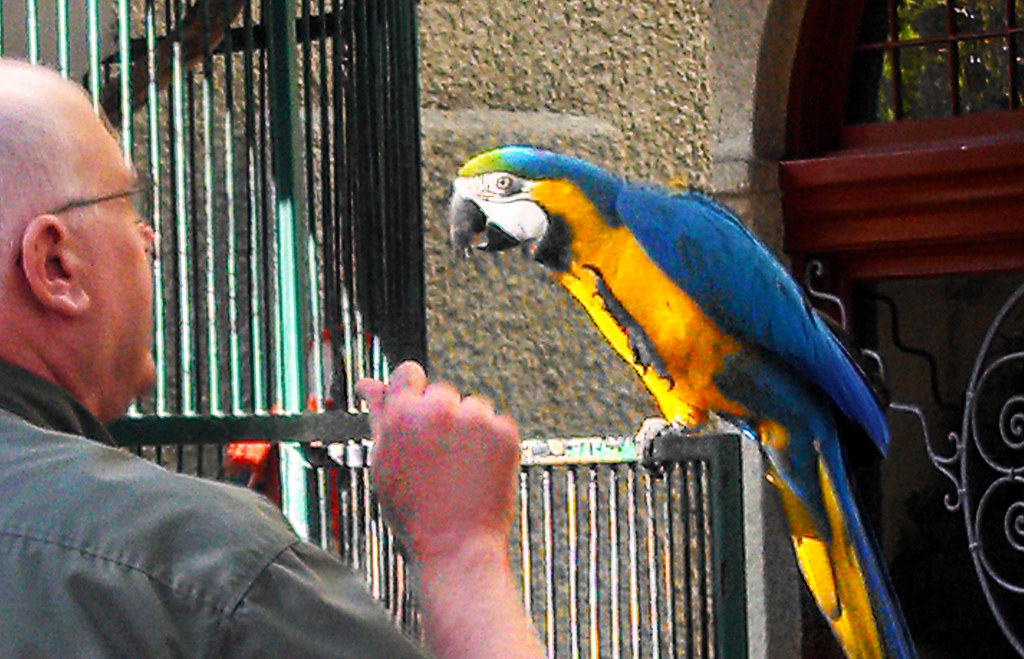
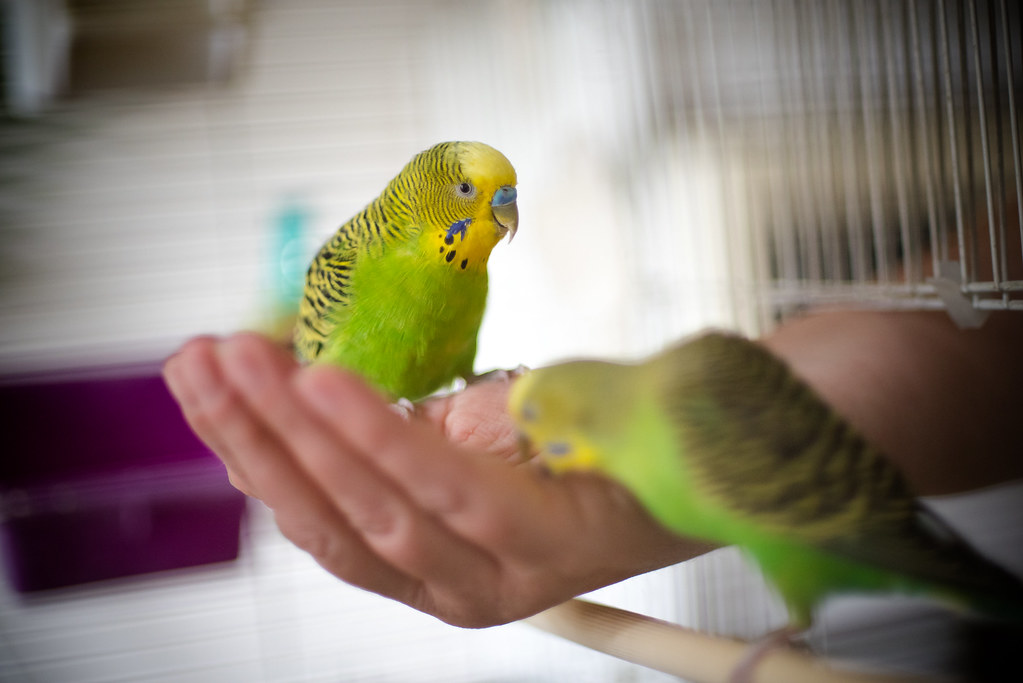
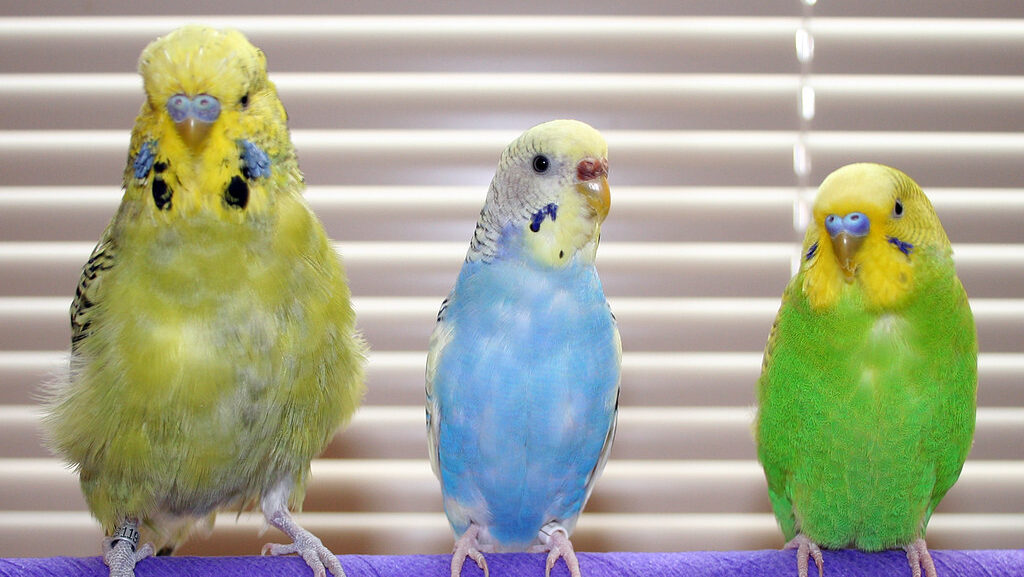
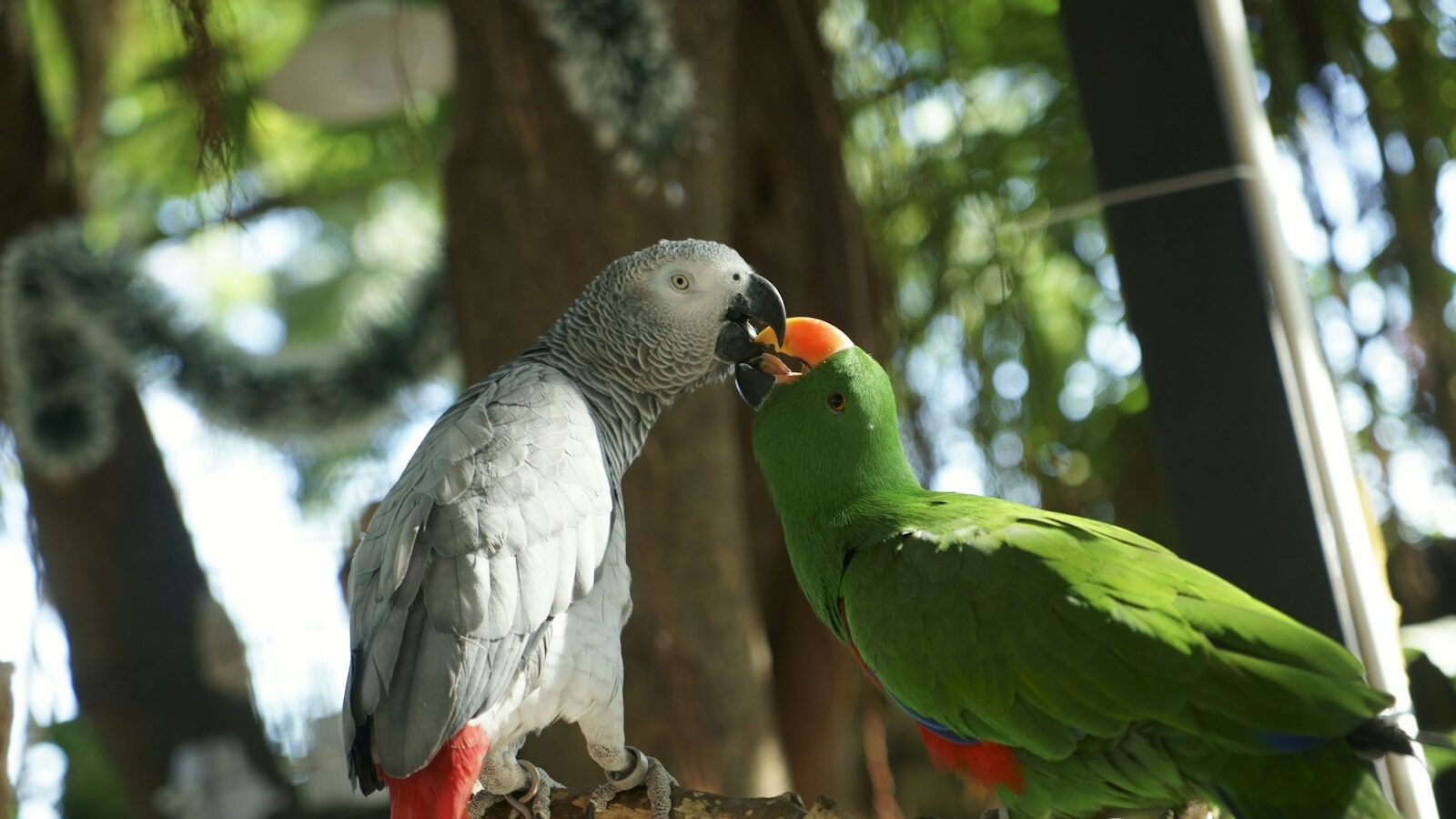
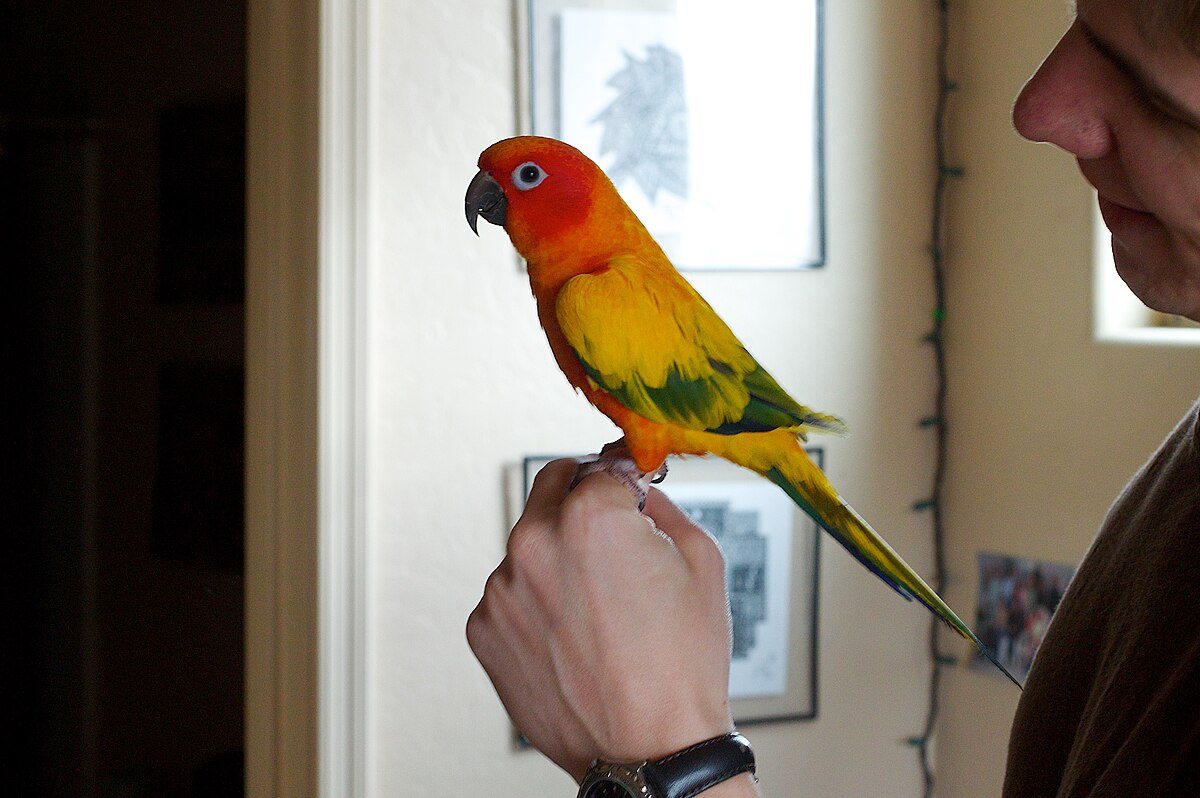
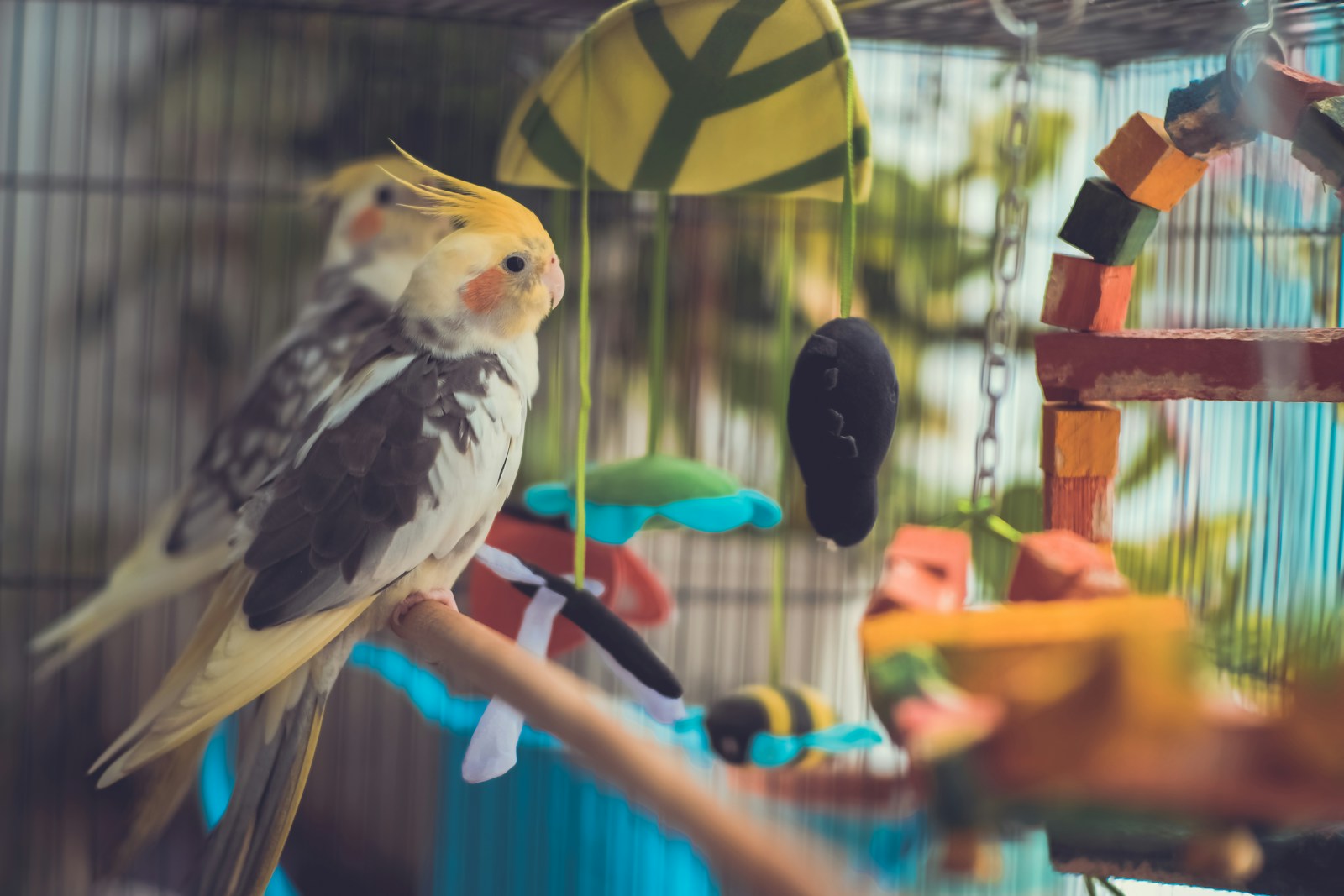
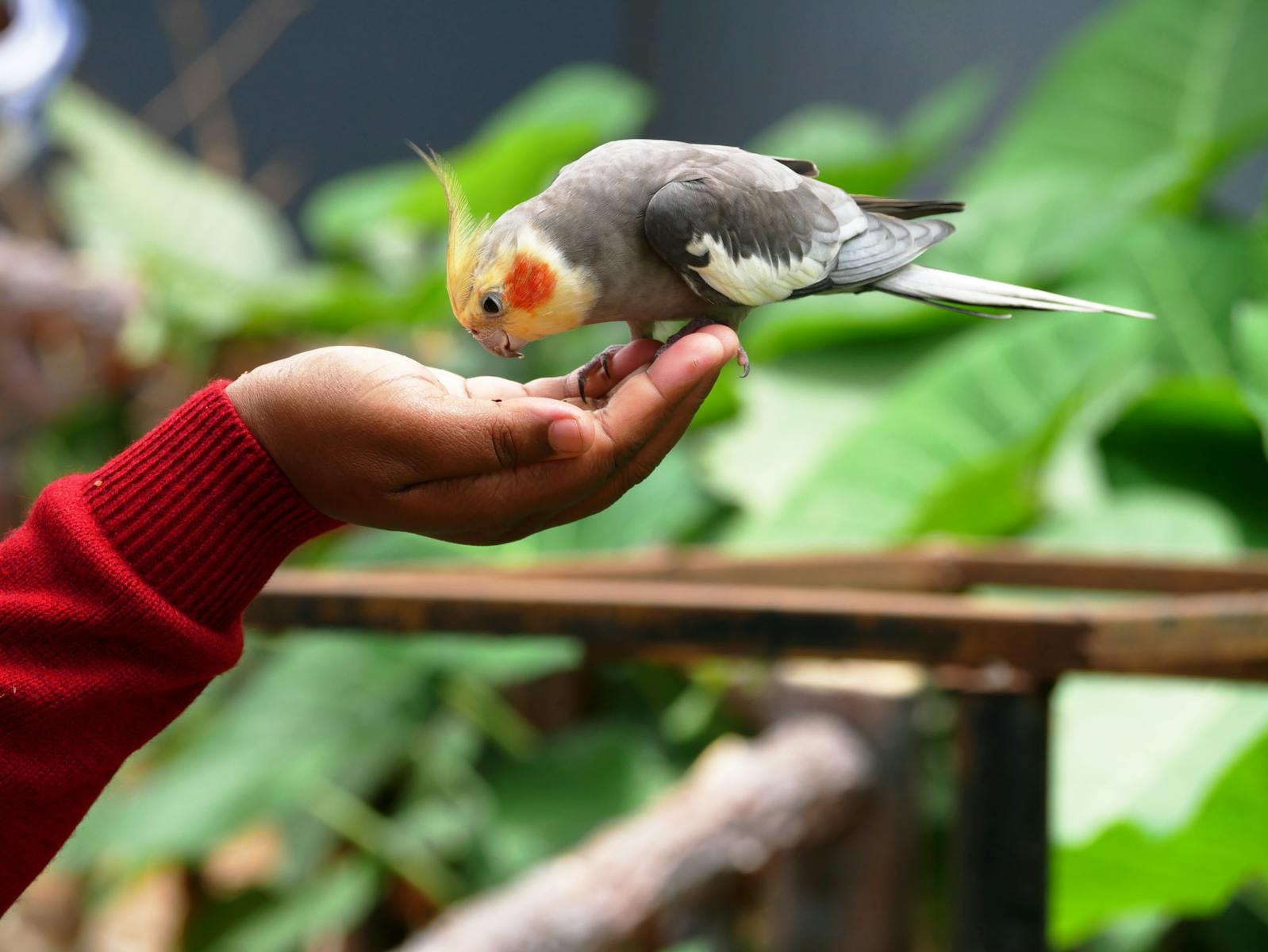
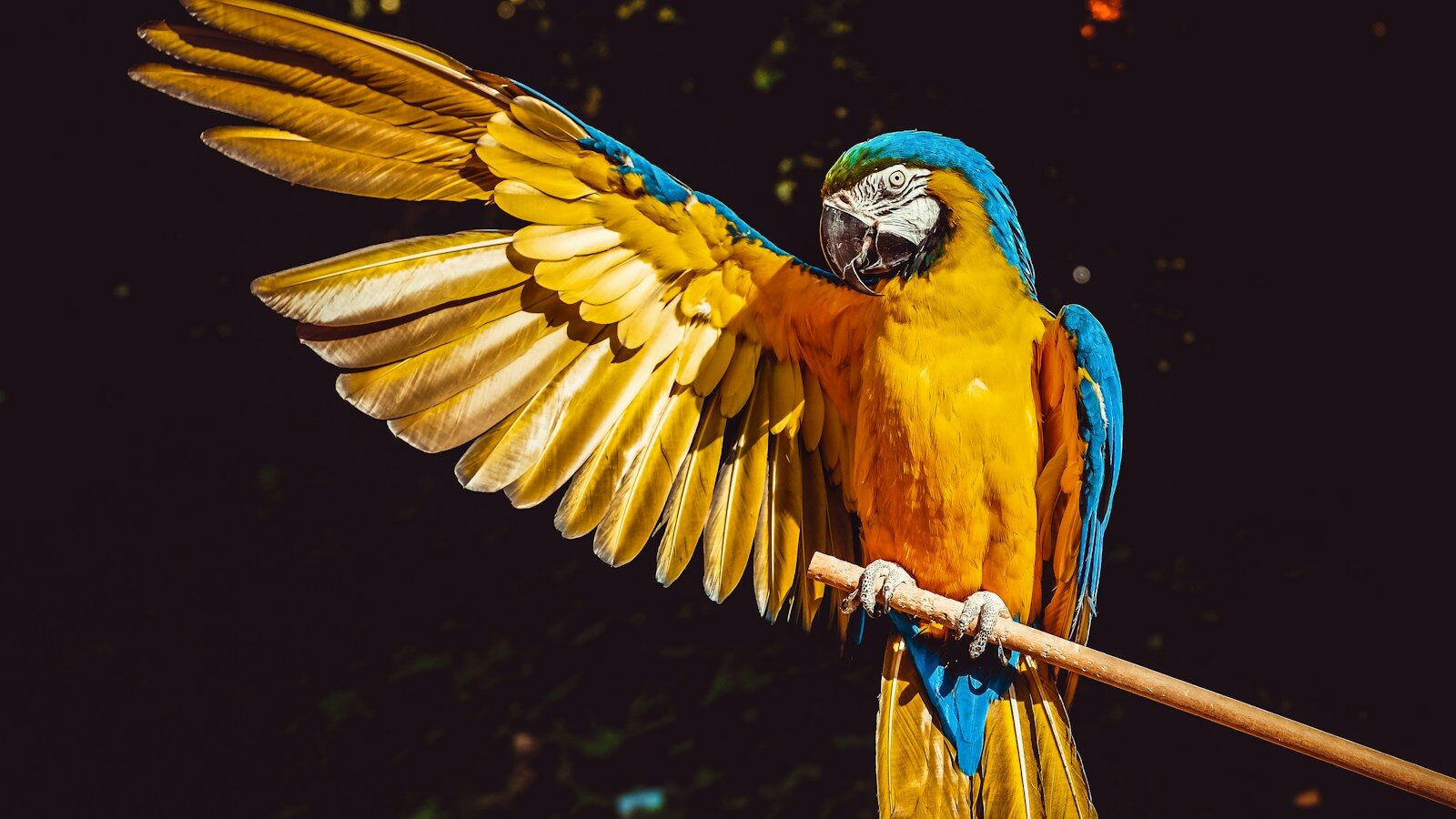




Leave a Reply